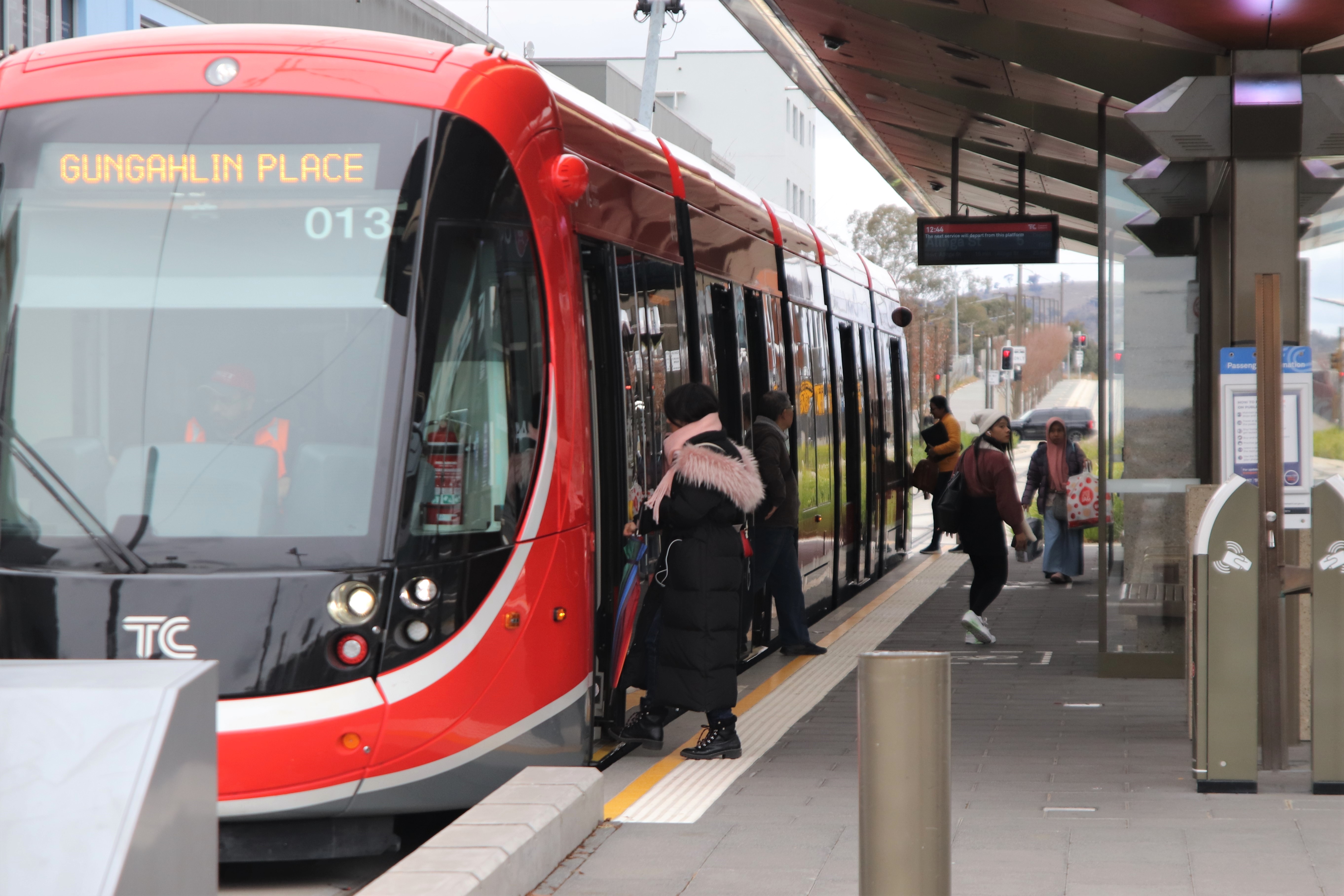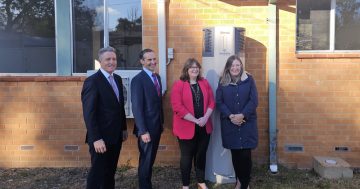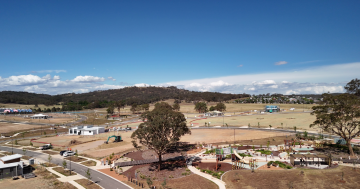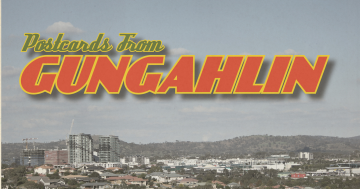As one of the older areas of Gungahlin, Amaroo is suburb of relative maturity, with a population nearing their mid-30s, and outright home ownership on the rise.
These are the findings of the latest Census which notes the past few years have seen only a minor population increase in this region, but those who live here are settled and earning more than ever before.
So how does Amaroo fit within the greater region of Gungahlin?
Who lives in Amaroo
Amaroo has a slightly older population than the Gungahlin norm, with the median age for the suburb now 34. That’s two years older than in 2011, and three years older than the regional Gungahlin norm.
The population size has only increased by only 141 people in the past five years, rising from a population of 5569 in 2011 to 5710 in 2016.
Amaroo is made up of 50.7% females and 49.3% men, with the greatest percentage of the population (10.8%) aged between 40 and 44. Like much of the Gungahlin area, around a quarter (26.4%) of the population is aged under 15.
Of those older than 15, almost 60% are married, which is 10% higher than the Territory average and national statistics.
Nearly 85% of households contain families, with 61.8% of those comprising couples with children who have, on average, 1.9 dependents under their roof. This is slightly higher than the general Gungahlin region where the average number of children is 1.8, but is stable for the suburb which also recorded 1.9 children per family household five years ago.
Almost a quarter (24.7%) of households are couples without children, and 12.7% are single parent families.
Amaroo’s financial status
Like much of Gungahlin, Amaroo residents fare well on the financial front. Almost 36% of households within the suburb have a weekly income of $3000 or more. That compares to 31% of households in Gungahlin and just 16.4% nationally.
And it means more families are enjoying this income than ever before. In 2011 only 29.1% of Amaroo households had a gross weekly income above $3000.
Each week Amaroo residents have a median household income of $2456. That’s also $200 above the Gungahlin region, and $1000 above the rest of Australia. Meanwhile individuals earn a third more than the rest of Australia, with a personal median income of $1090.
However, the figures do not represent much of a rise on 2011, when the median Amaroo family income was $2315. There’s also been little change in regular outgoings. The median monthly mortgage is exactly the same as it was five years ago at $2167, while rents have risen slightly from $413 each week to $429.
How Amaroo residents live
If you live in Amaroo, chances are you reside in your own home, it is a self contained house, and it’s large.
Over 85% of the housing stock is separate houses, and 56.6% of properties have four bedrooms or more. A further 38.4% have three bedrooms and only 2.9% are two-bedroom homes.
Just 14.4% of properties are semi-detached villas or townhouses, and there are no flats or units within Amaroo.
Like the population, the housing stock has grown little in the past five years. In 2011 there were 1903 private dwellings in Amaroo, and only 42 properties have been built in the past five years, taking the housing stock to 1945 homes in 2016.
Home ownership is a defining feature of the suburb, with 20.6% of residents now owning their own home outright. That’s a jump of 4% on five years ago when just 16.4% had paid off their property. It remains less than the national average of 31%, but is higher than the Gungahlin norm where only 16.1% of the region’s population owns its home outright.
Meanwhile 52.4% of Amaroo residents are currently paying off a mortgage compared to 55.8% in 2011.
Just 24.6% of residents rent their home, a drop of 2.4% on five years ago.
In comparison, 49.9% of Gungahlin region residents are paying off a mortgage, and 31.1% rent their property. Meanwhile the national figures show 38.4% of people are paying off a mortgage, and 31.8% rent the property where they live.
Where people come from
Unlike other areas of Gungahlin, Amaroo boasts a higher number of Australian-born residents than either the Territory or national norm.
Almost three quarters (74.3%) of Amaroo residents were born in Australia. And this has changed only marginally in the past five years, seeing a rise in multiculturalism of only 1.8%.
The majority of residents (51.9%) also note both their parents were born in Australia, and this too has altered little on five years ago.
In contrast, the Gungahlin region has 62.2% of residents born in Australia, marking a 5.4% increase in the number of people who list their country of origin as outside Australia compared to five years ago.
In Amaroo, the other countries people were born in include: India (2.8%), England (2.8%), China (1.8%), New Zealand (1.1%), and South Africa (1.0%).
This means, by and large the primary language spoken is English, with 76.6% of residents speaking only English at home.
Over 24% of residents also speak another language in their household, with the top responses being Mandarin (2.1%), Croatian (1.5%), Hindi (1.4%), Cantonese (1.1%), and Vietnamese (0.9%).
The final word
Amaroo is one of Gungahlin’s most stable suburbs, changing little population-wise in the past five years.
Its income has remained consistent, its origins much the same. But Amaroo is arguably a suburb embracing its maturity. Family homes are show increasing outright ownership, and a continued prosperity that’s enjoyed by many who reside there.












